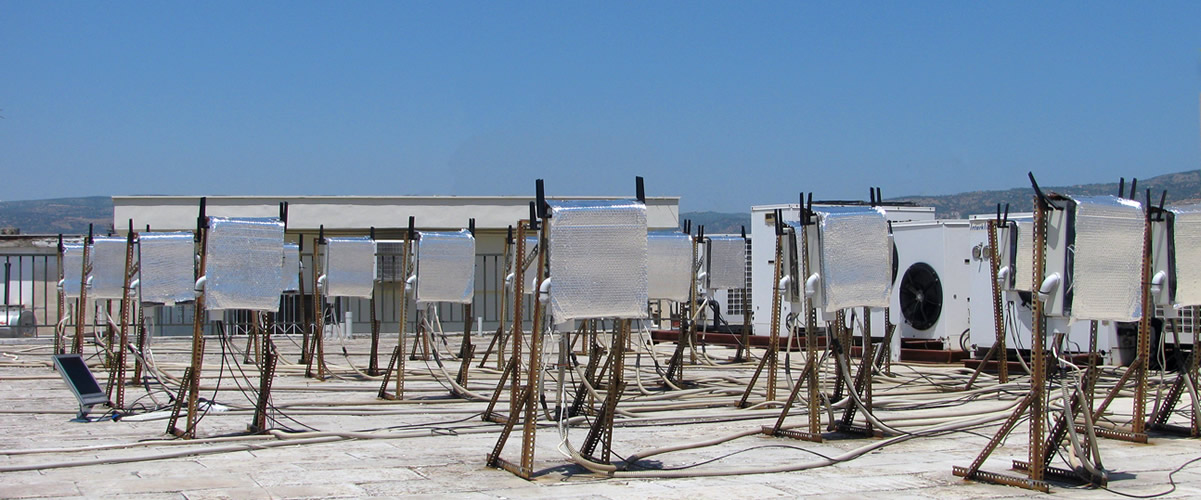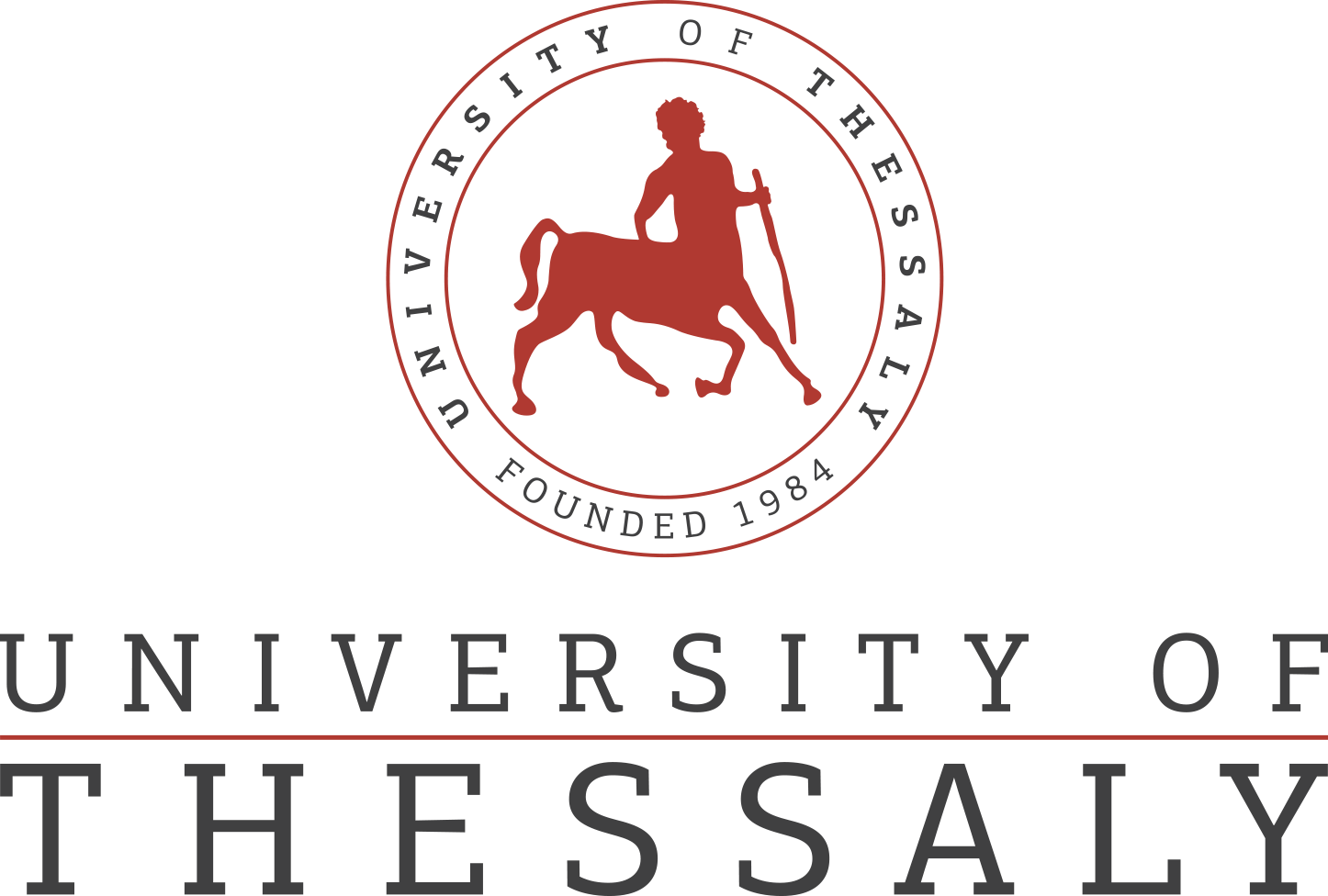FGRE: Visualizing an Experiment's Measurements
Experiments involving multiple nodes, demand that the measurements collected from them are in an organized way. For this purpose, we will employ the OML library responsible for collecting measurements in a database file.
Organizing the measurements in a database file gives us the opportunity to visualize them in an easy way. For this purpose, we will use omf_web, which is a Rubygem, able to parse and visualize database files with measurements.
We will use a second NITOS server for visualizing our experiments.
Login using your credentials to the nitlab-wimax.inf.uth.gr server using the command:
ssh This email address is being protected from spambots. You need JavaScript enabled to view it.
You can download testing visualization files in your home directory using the following command:
wget http://10.64.44.180/omf_web_fgre.tar.gz
To untar the files issue the following commandL
tar zxvf omf_web_fgre.tar.gz
By listing your home directory you will be able to see a new folder named omf_web_nitos_fgre. Your home directories are synchronized among all the available NITOS servers, so be careful on which server you are working at any time.
In order to run a sample visualization script that we have prepared you need to issue the following commands:
cd omf_web_nitos_fgre ruby1.9.1 -I lib example/fgre/simple_viz_server.rb start --db fgre-test -p 300X
where X is the number of your team. You will see many lines outputted in the console. That are messages printed by omf_web, as they start to parse the example database file that you currently use.
Omf_web is using a built-in web server which is configured to start and draw the measurements. When the server is initiated, you will see a line like:
INFO Server: >> Listening on 0.0.0.0:300X, CTRL+C to stop
where X is the number of the port you are using. You can now open a web browser to the page http://nitlab-wimax.inf.uth.gr:300X and you will see some graphics like the folllowing:

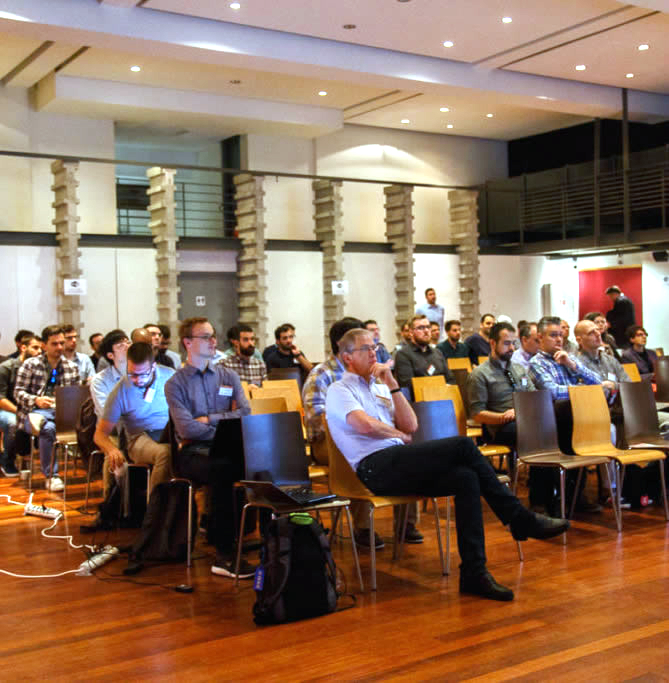
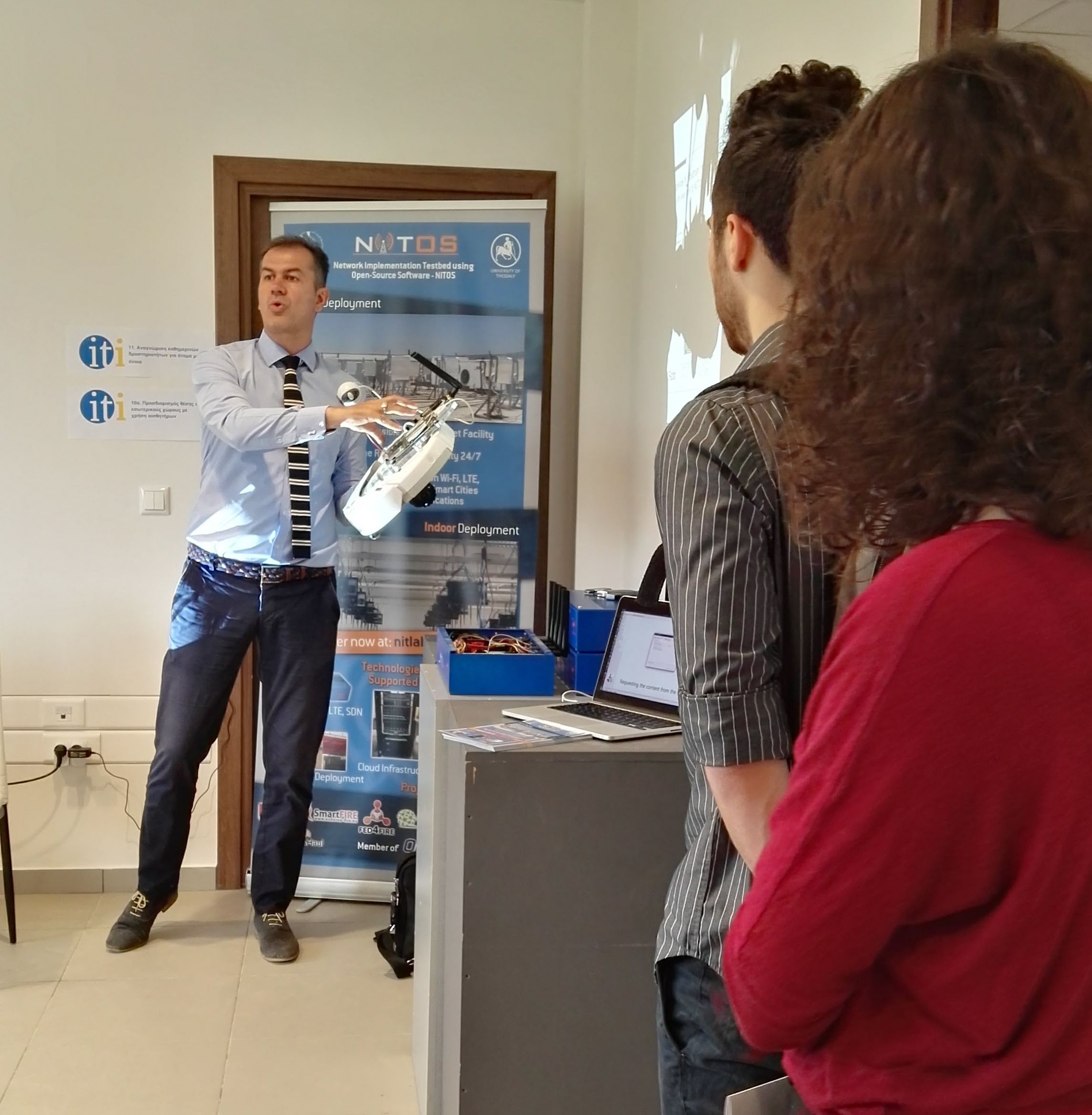
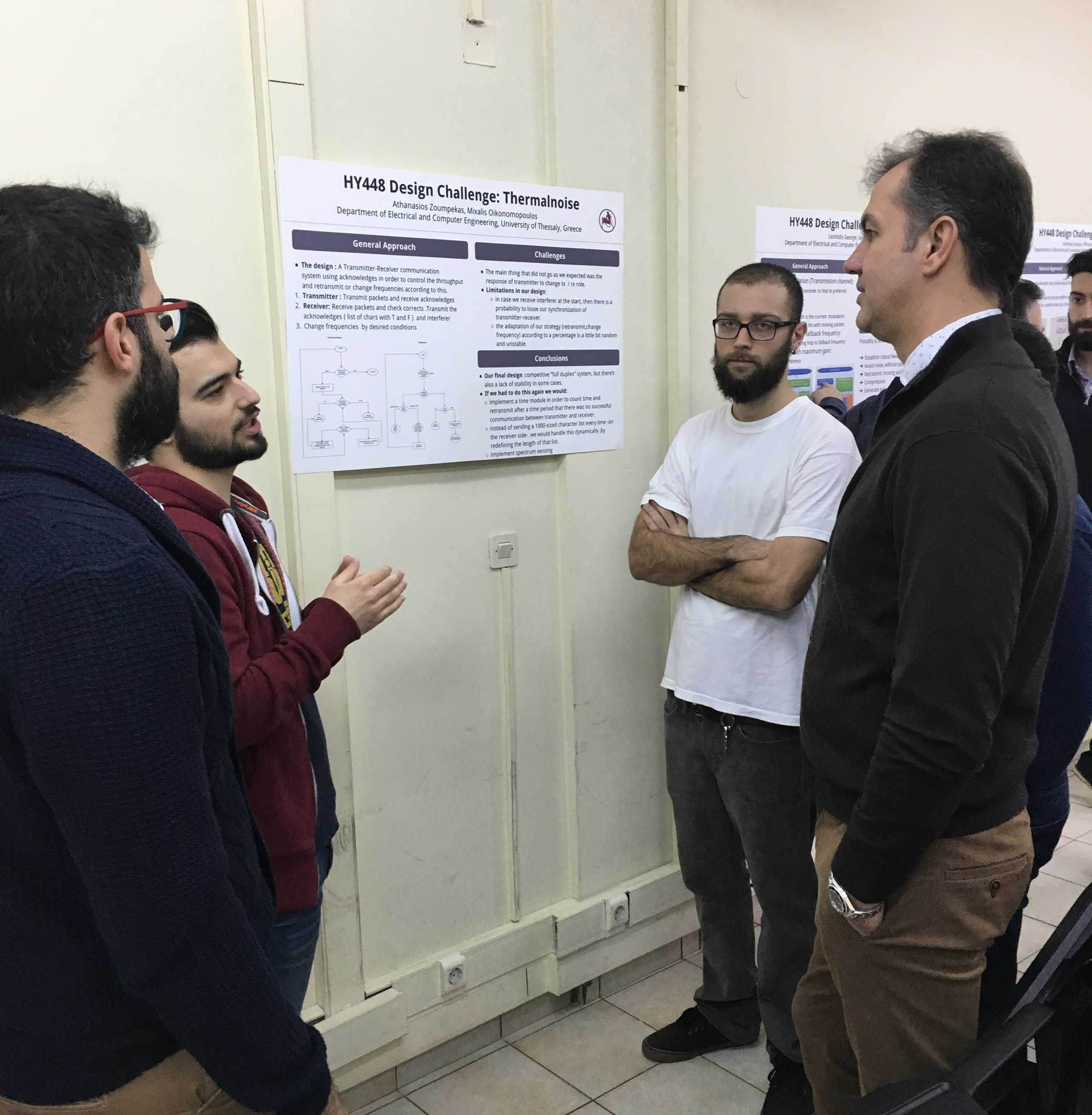

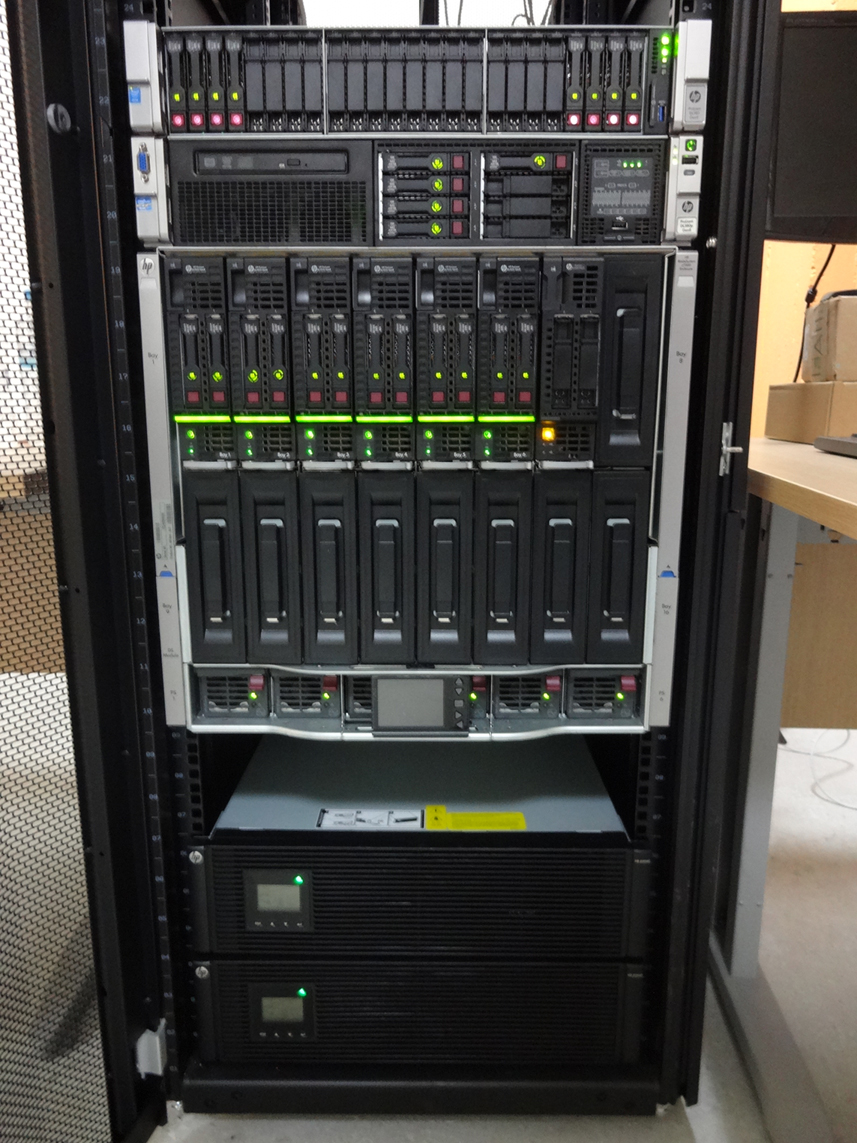 Each blade server has
Each blade server has